Helpful Tips for Sound Control in the Home
Sound control in your home plays a particularly important role in comfort. Residential designers be it architects, interior designers, or builders are challenged to incorporate acoustics into their design solutions. Acoustic controls are considered a must in public, educational, and some commercial spaces. Have you ever wondered how museums are designed to be so quiet? What about churches like Sagrada Familia in Barcelona designed by the great architect Gaudi? The sound control is amazing given there is marble on the floors, the columns, and parts of the ceilings.
What may be overlooked in residential design is sound and how it affects our emotional state. It is an important part of holistic design. Sound flows through the windows, under the doors, through the vents, and through the walls. How do you want to control sound in your home? Sound also bounces off the floors, walls, and ceilings and can make it difficult to understand conversations or even think.
In order to effectively control sound in your home, it is important to understand both sound reverberation and sound transmission, as well as ways to address each.
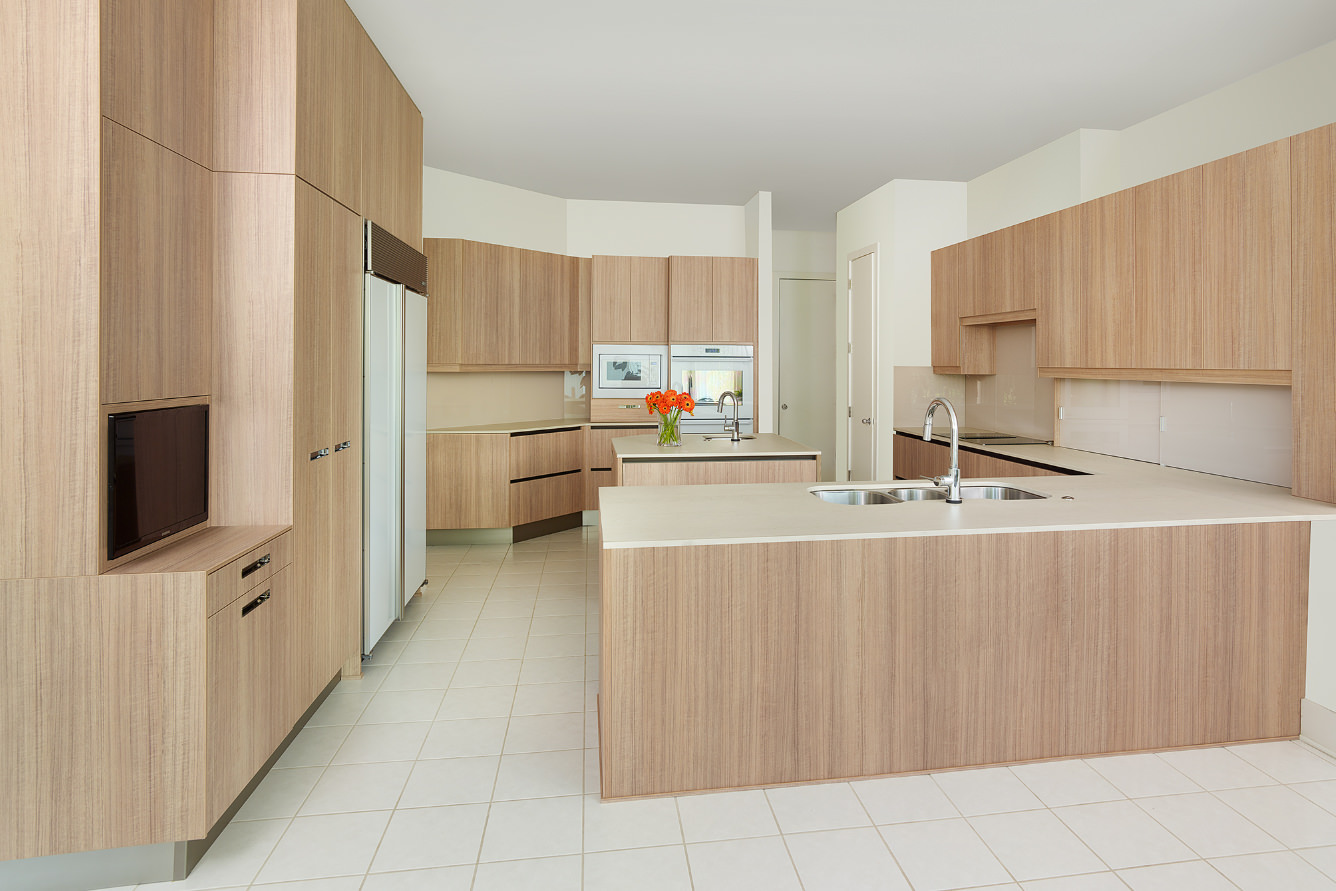
Sound reverberation occurs when sound bounces off surfaces. Open floor plans with hard surfaces create reverberations and makes it difficult to control noise levels.
What will help reduce reverberations? Here are 5 suggestions!
1. Carpeting or other soft flooring solutions such as LVT
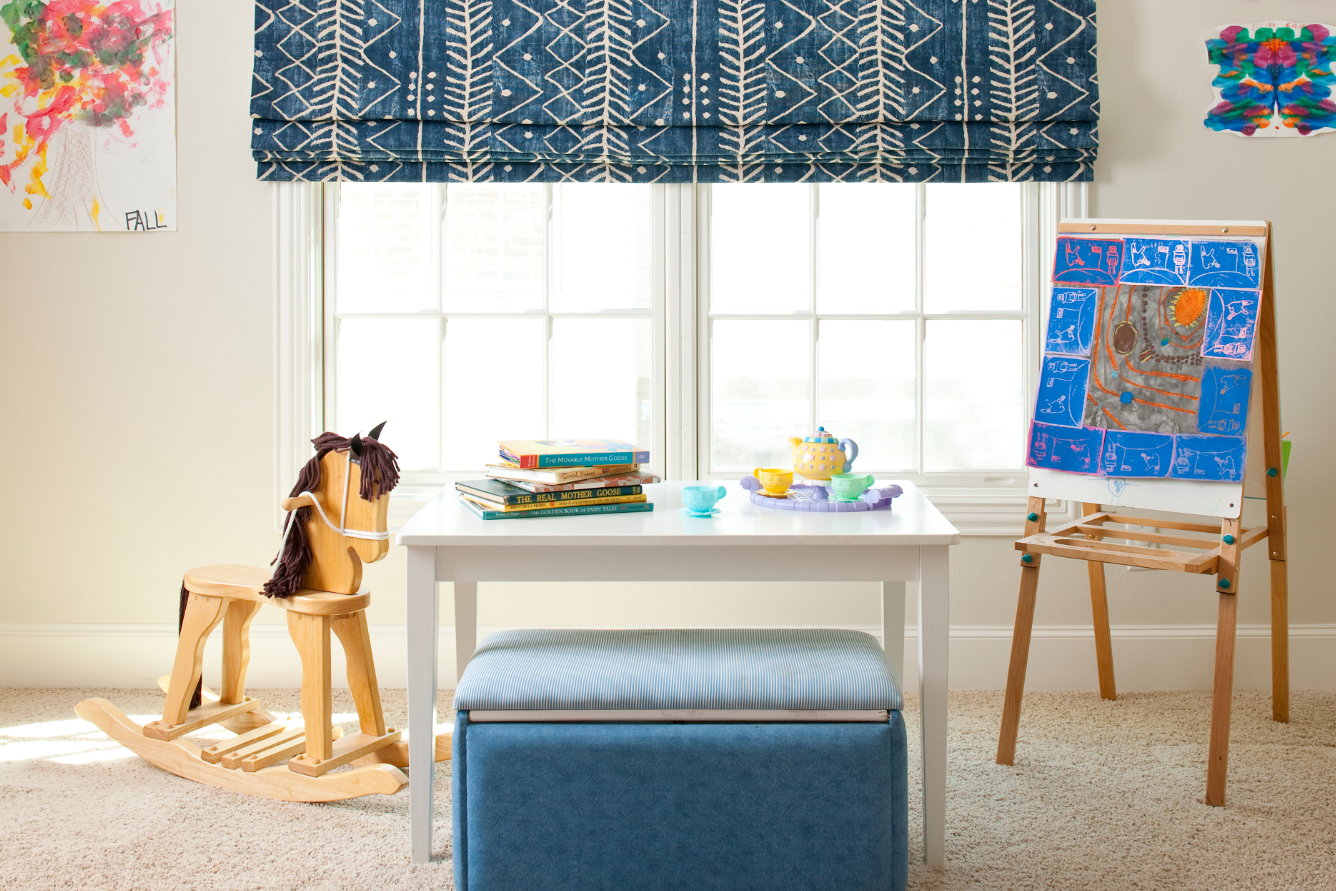
2. Drapery and other soft window treatments
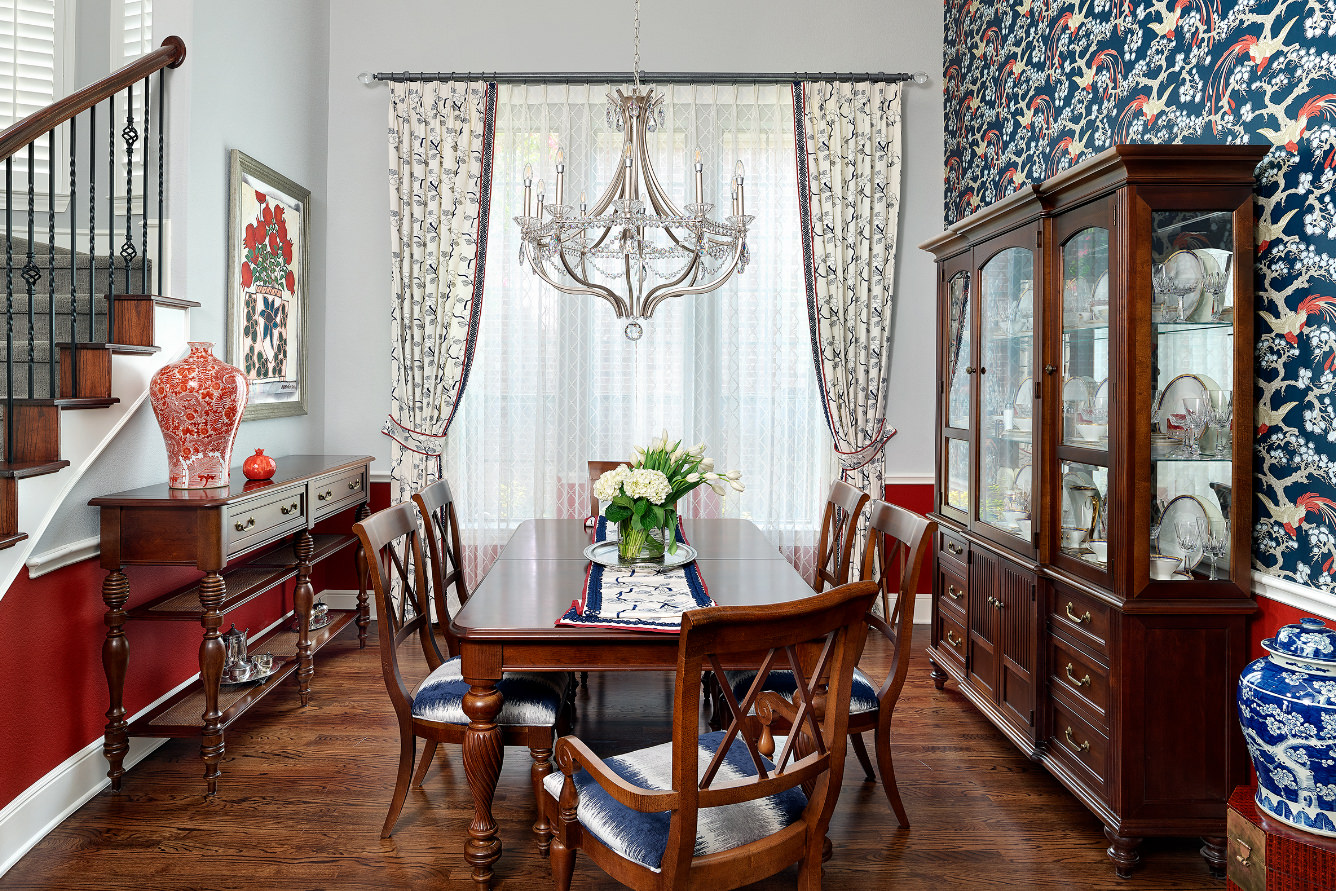
3. Walls can also absorb sound
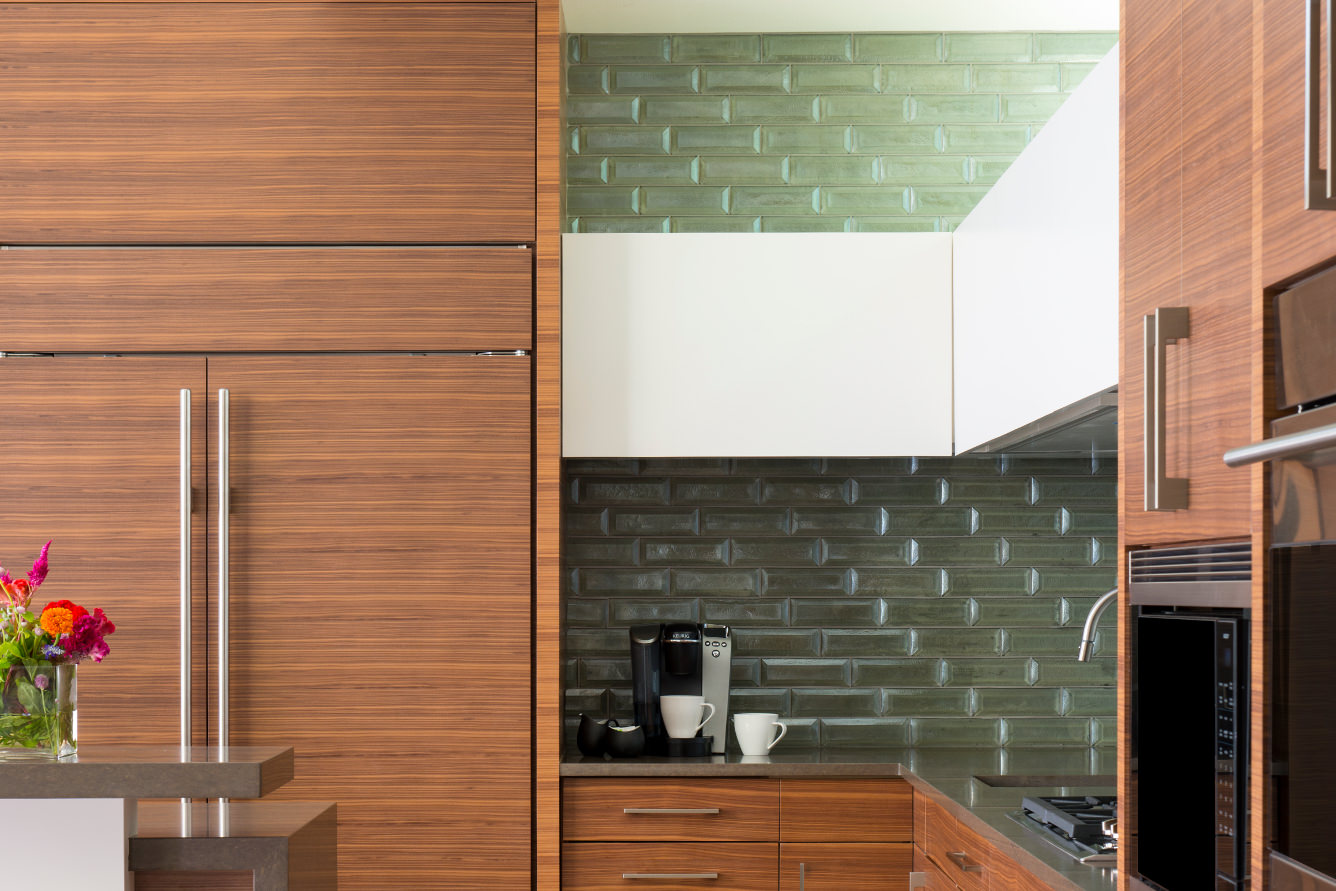
4. Ceiling heights in ratio with room size
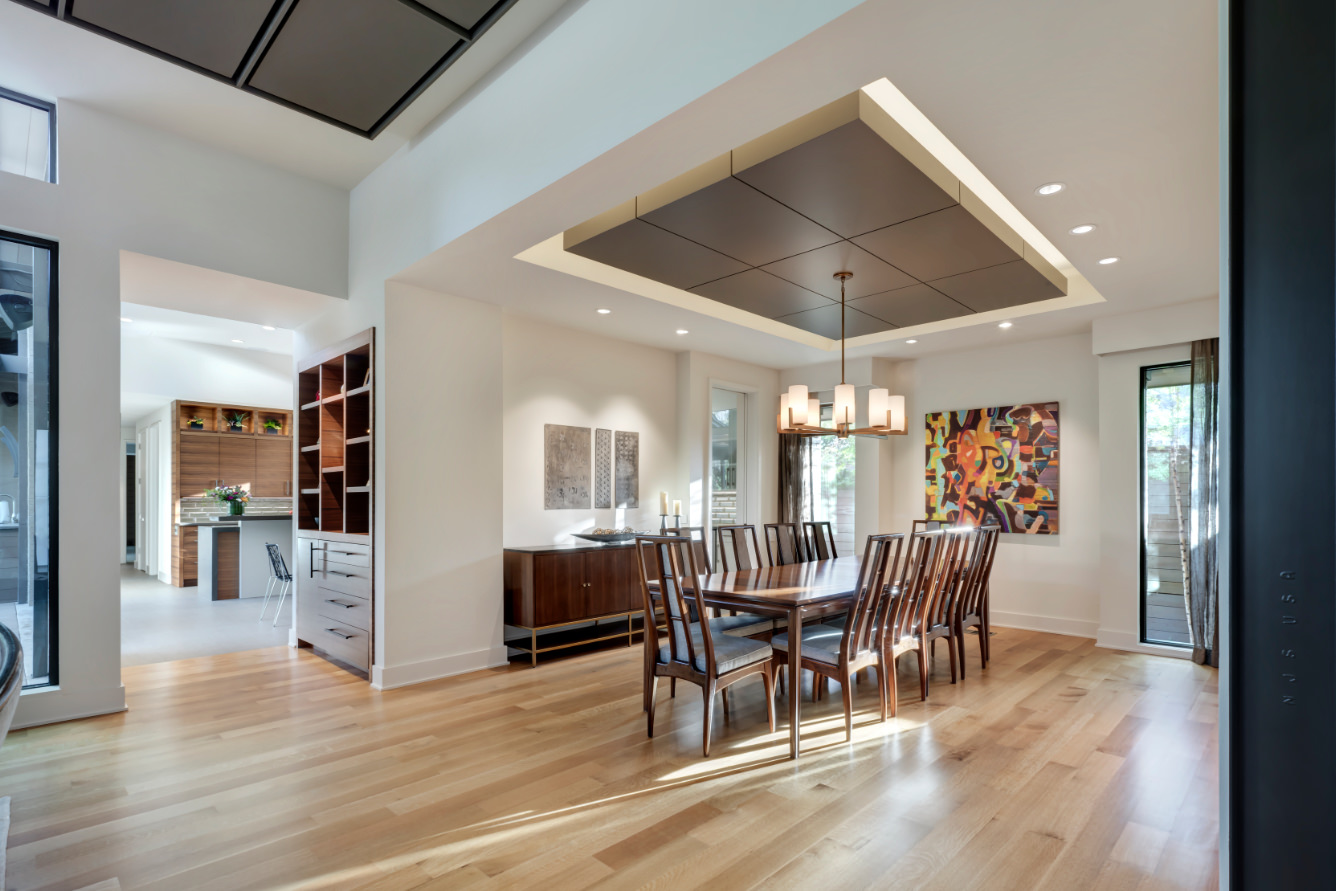
5. Ceiling treatments such as coffering
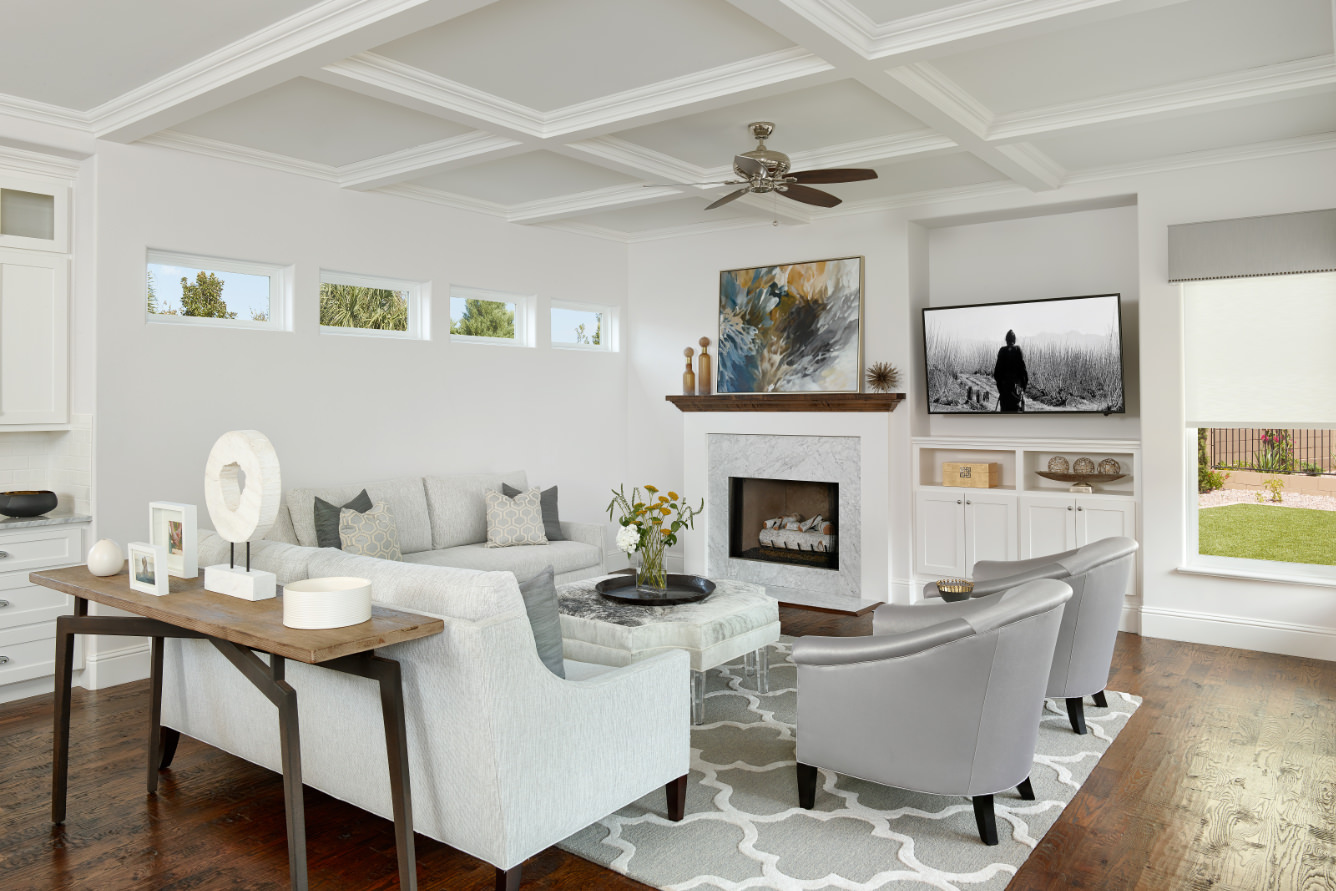
Sound transmission occurs when sound moves between materials. Sound transmissions are more difficult to control with residential design, but there are measures that can be implemented to help reduce sound transmissions to an acceptable level. Below are 4 areas to assess when trying to mitigate sound transmission in the home.
- Sound controlled glass for windows and doors
- Underlayment used with wood floors and other types of hard surfaces
- Soundproofing walls and plumbing chases
- Door sweeps
Stay tuned into our blog for more helpful information on creating a healthy and happy home! Are you looking to improve your home’s overall wellness and functionality but don’t know where to begin? Give SDG a call. Our team would love to help!




